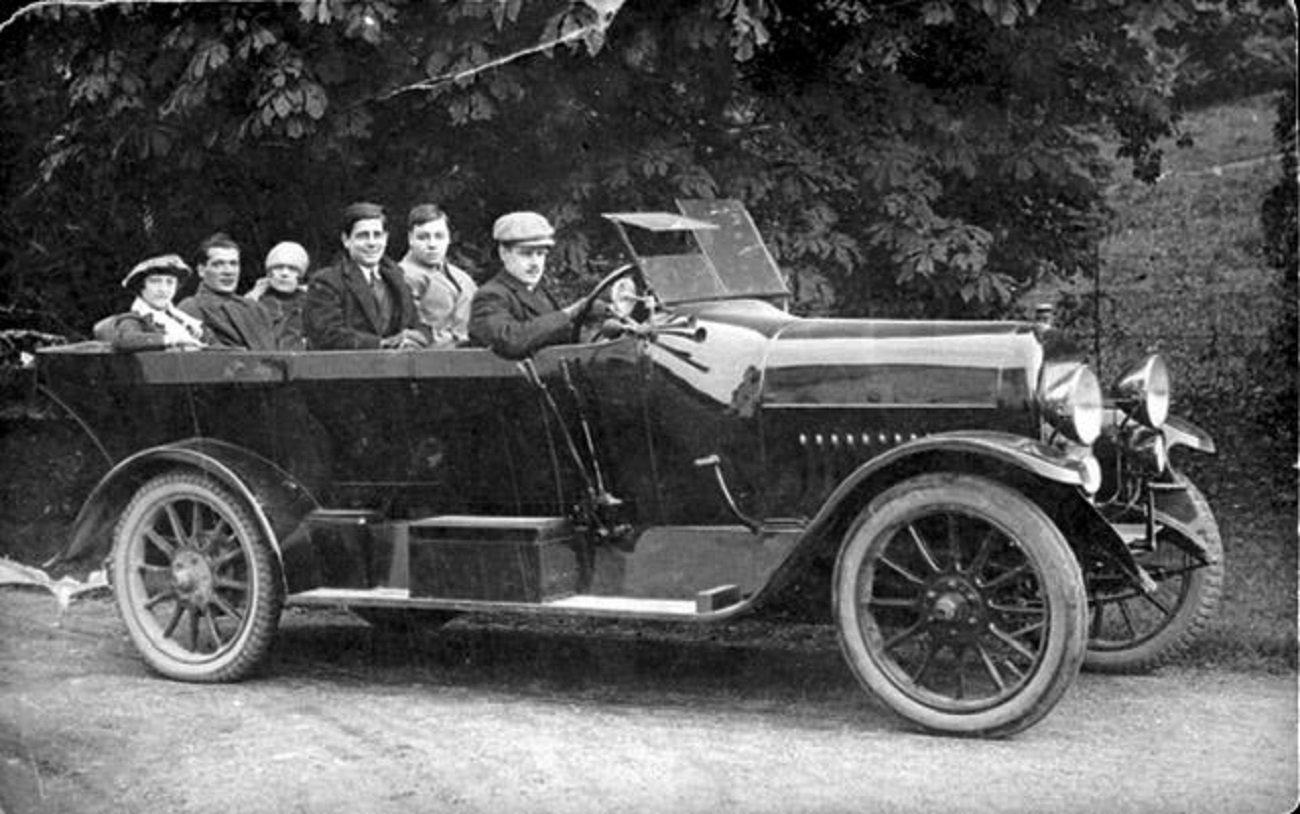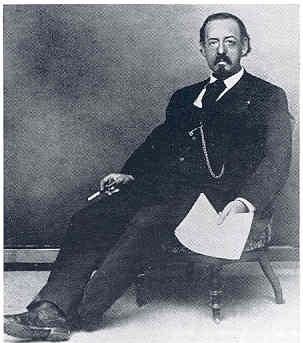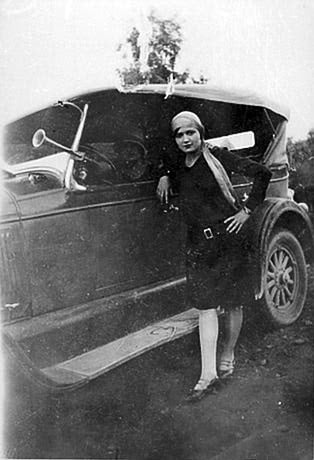Peugeot, Citroen, Ford, Honda, Ferrari, Bentley, Renault. Before these brands became megacorps employing hundreds of thousands, they were flesh-and-blood people. Armand, Andre, Henry, Soichiro, Enzo, Walter, and Louis – the visionary engineers, inventors, and industrialists who entered the Industrial Revolution’s pantheon – are etched in human memory as masters who changed our lives forever.
And there’s one more. In fact, two. Mercedes Benz. And before they morphed into a car, they were Karl Benz and Gottlieb Daimler. For those who are wondering where the “Mercedes” came from: Daimler’s first client, a seasoned businessman named Emil Jellinek, made his purchase of the company’s first cars conditional upon naming them after his daughter Mercedes.

I visited the Mercedes-Benz Museum last month on a family trip to Stuttgart. The museum’s four floors are housed in a massive, polished, and gleaming glass building. A thickly carpeted iron bridge carries visitors through models of the first Mercedes motorcars, Daimler’s vintage-1895 bicycle, the first Benz truck produced in 1912 and the 1954 iconic 300sl to the modern-day E Class and Smart Cars.
Suddenly, we hear a loud noise that draws visitors to a large gallery. A towering woman with a classically Aryan appearance stands on a platform in the gallery’s center, sheathed in an aluminum lamé uniform and sporting a polite smile that threatens to explode. The noise that grew louder as we approached resembled the grunting of a horse scaling a mountain and occasionally kicking tin. Pushed to the back of the gathering crowd, we finally discovered the source of the noise: A tireless belt doggedly turning a tremendous flywheel. The uniformed woman introduced us to, “The first gas engine in history produced in 1885 by Karl Benz.”
Is that so?

Siegfried Marcus was born in 1831 in a tiny town that now lies in northern Germany. His parents Rosa and Lippman, leaders of the town’s Jewish community, discovered when their son was still very young that he – unlike other mortals – very rarely thought inside the box. The rest of the time, a constant lightning strike of neurons in his brain sparked primal inventions.
Siegfried became an apprentice in the town’s mechanics factory when he was 12. Three years later and with his father’s blessing, he moved to Berlin to train in the factory established by a certain Ernst Siemens. In 1851, when he was only 20, he earned Germany’s government prize for inventions in the telegraph field. One year later, he moved to Austria to work in the Royal Institute of Physics and the Royal Institute of Geology.

Marcus was a one-man patents office. During his life, he worked on many projects in the fields of mechanics, electronics, lighting, ultra-mechanics, and the development of artillery employing electric ignition. As many as 131 patents were registered in his name. The collection included eclectic inventions: Light bulbs, triggers for underwater mines, a printing instrument, a whale-hunting knife, a distributor and carburetor for an internal combustion engine, and more.
As significant and original as these inventions were, they were nothing compared to Marcus’s opus vitae. In 1870 (some say as early as 1867), the ingenious inventor installed a gas-fueled internal combustion engine in a simple hand wagon. Marcus was able to ride the makeshift vehicle for 15 minutes before seemingly alarmed local police arrested what appeared to be an approaching alien. That feat made him the first man in history to drive a fuel-powered vehicle.

In 1887, Marcus began to collaborate with the Märky, Bromovsky & Schulz motor company. That collaboration gave rise to what would be called the “Marcuswagen.” People were finally knocking on the scatterbrained genius’s door. The automobile was displayed in the Technisches Museum Wien (Vienna’s museum of technology) and ASME (the American Society of Mechanical Engineers) officially recognized him as the vehicle’s inventor.
Chalk it up to poor marketing or the typical distractibility of geniuses: Marcus failed to register the invention of the motorcar as a patent. Go figure. The man who did that was Karl Benz, who upgraded Marcus’s motored carriage to a real motorcar with a cooling system, brakes, a stable frame, and everything necessary to drive longer distances. That would eventually become the first Mercedes-Benz.
There is no evidence that Karl Benz – a gifted and creative engineer in his own right – intentionally stole the patent. The emergence of technological inventions relies on immeasurable layers of previous knowledge. And as Newton put it, “If I have seen further it is by standing on the shoulders of giants.” The question here is who stood on whose shoulders?
Siegfried Marcus died in 1898 and was buried with honors in Vienna’s Central Cemetery. The Jewish genius went calmly to his grave. During those days, all the official bodies charged with shaping memory recognized him as the first man to start up a gas-powered vehicle. And then the Nazis came.

The German ministry of propaganda published an official document in July 1940 that opened “In honor of the General Administration of the Daimler Benz Company.” It is a fascinating glimpse into the Nazi propaganda machine’s “Ministry of Truth”:
“Re: The real inventor of the motorcar.
In response to your letter of May 1940, the Institute of Bibliography and the publisher F.A. Brockhaus received an announcement that in the future the Brockhaus Große I Meyers Konversations Lexikon encyclopedia will attribute the invention of the modern automobile to two German engineers, Gottlieb Daimler and Karl Benz, and not to Siegfried Marcus.”
When the Nazis annexed Austria, Marcus’s statue was removed from the façade of Vienna’s Technisches Museum and the model of the first motorcar that he developed, the Marcuswagen, disappeared. But that was not enough to satisfy the Nazi propaganda machine. Marcus’s grave was later desecrated and destroyed. Thus, the Jewish genius’s brainchild was erased with one document.
Attempts were made to right this injustice when the war ended. Vehicle historians took pains to cite his contribution, his statue was returned to the Technisches Museum, and a model of the first motorcar was gloriously displayed in the museum’s façade.
But does that matter? Has anyone but the avid readers of car magazines ever heard of Siegfried Marcus? The damage is done and Marcus has gone lost on the horizon of memory along with his motorcar. You don’t believe it? Ask the uniformed woman in the Mercedes factory.